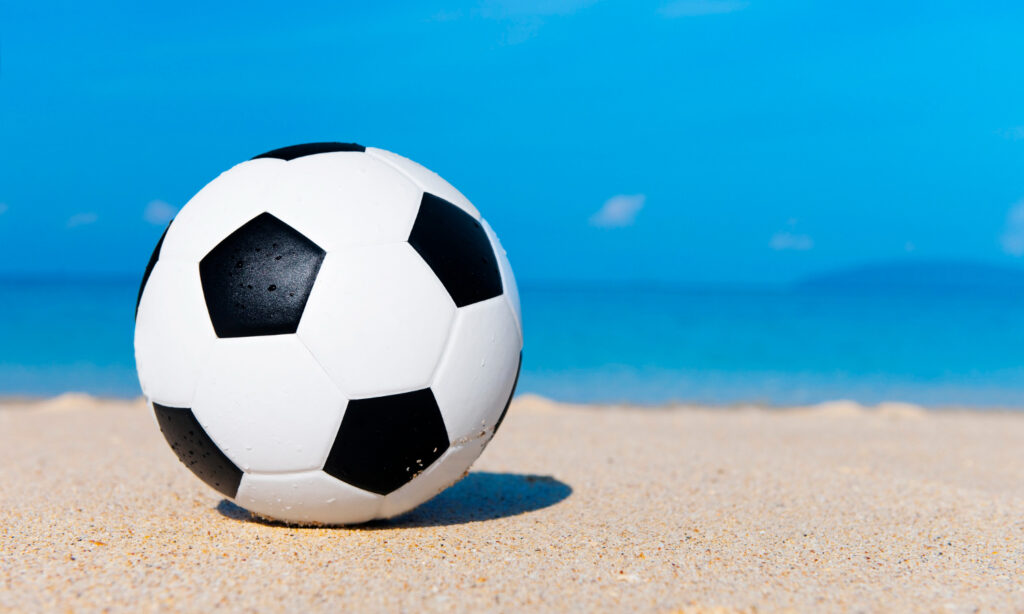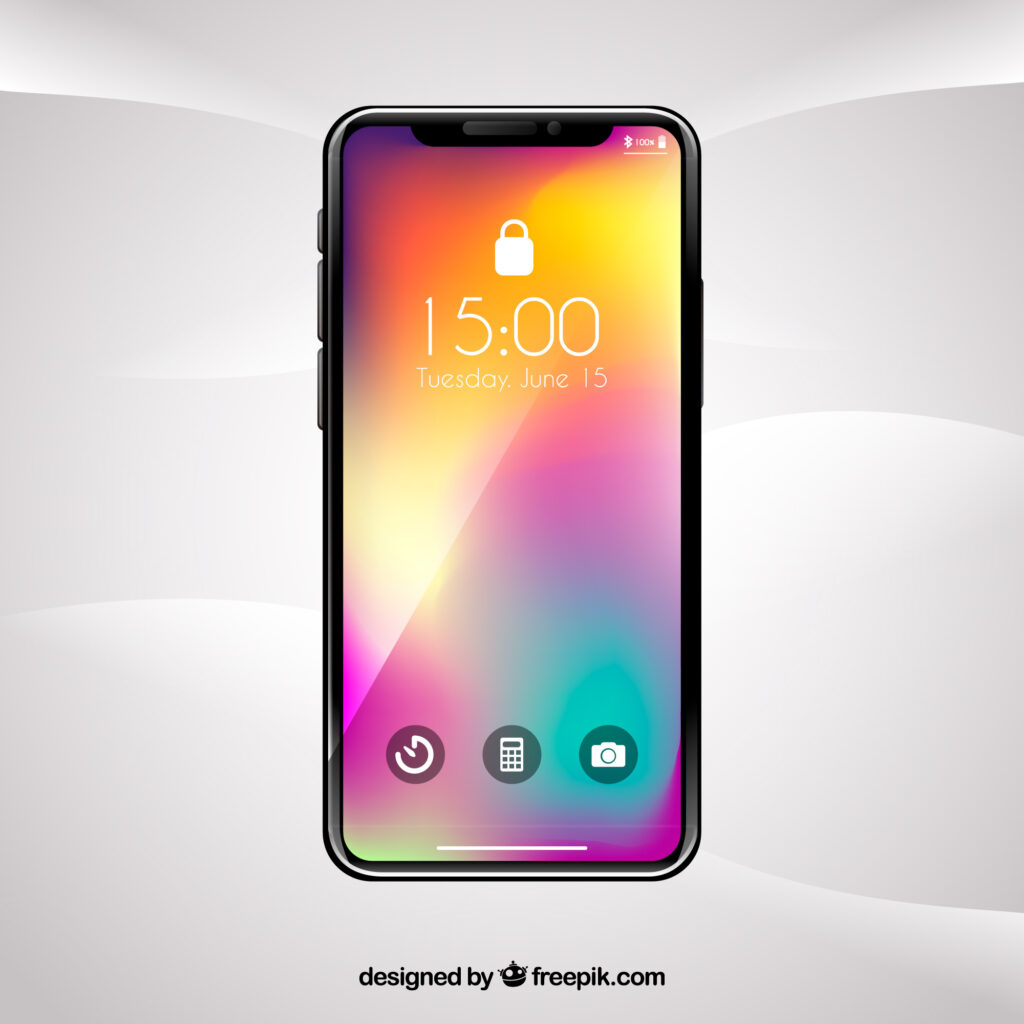A soccer ball is the heart of the world’s most popular sport. Whether you’re playing in a local park, a school field, or a professional stadium, the ball is what brings players together. It’s more than just a piece of equipment — it’s a tool that shapes how the game feels and flows. The right soccer ball can make a big difference in how you control passes, make shots, or even enjoy the match.
Here’s the thing: not all soccer balls are the same. Some are made for practice, others for competition, and a few are designed for fun in your backyard. Understanding what makes a soccer ball unique helps you choose one that fits your needs — giving you better performance, accuracy, and comfort every time you play.
Understanding What Makes a Soccer Ball Unique
A modern soccer ball might look simple, but it’s carefully designed for balance, precision, and durability. Each ball has specific features that affect how it behaves during play. The three most important elements are size, material, and construction.
The size of the soccer ball depends on who’s using it. For example, smaller sizes are meant for kids to help them develop control, while adults use the official Size 5 ball. The material also plays a major role. Most modern balls are made from synthetic leather — usually polyurethane (PU) or polyvinyl chloride (PVC) — which provides a smooth feel and consistent touch.
Then there’s construction. A well-constructed soccer ball has multiple panels stitched or thermally bonded together. The way these panels are arranged affects the ball’s aerodynamics — meaning how it moves through the air. A quality design helps the ball stay stable and predictable, which improves control and accuracy during passes or shots.
Different Types of Soccer Balls and Their Uses
If you’ve ever walked into a sports store, you’ve probably noticed there are many types of soccer balls. Each type is built for a specific purpose and environment. Knowing which one to use can help you improve your game and get more value from your ball.
Training balls are the most common. They’re designed for everyday use and practice sessions. These balls are usually more durable, made from thicker materials to handle repeated kicks and rough surfaces.
Match balls are higher quality and used in competitive games. They offer better flight, touch, and consistency. They’re often approved by organizations like FIFA, meaning they meet strict performance standards.
Futsal balls are smaller and heavier because they’re meant for indoor games on hard courts. The weight helps them stay low and not bounce too much. Similarly, indoor soccer balls have softer exteriors to reduce impact against walls or floors.
Each type serves a different purpose — so choosing the right one depends on where and how you play.
Materials and Construction: What’s Inside a Soccer Ball
What’s inside a soccer ball matters more than most people realize. A standard soccer ball is made of three main layers — the cover, the lining, and the bladder. Each layer adds something special to the ball’s performance.
The cover is what you see and touch. It’s made from synthetic leather or sometimes genuine leather in premium models. PU covers provide a softer touch and better feel, while PVC covers are tougher and more water-resistant.
Beneath the cover are several layers of lining, made of cotton or polyester. These help maintain the ball’s shape and add to its responsiveness when kicked.
At the core is the bladder, which holds the air. Latex bladders are softer and give a more natural feel, though they may lose air faster. Butyl bladders are more durable and hold air longer, making them ideal for long-term use.
Even the stitching technique matters — hand-stitched balls are more flexible, while machine-stitched ones offer uniformity. Some top-tier balls are thermally bonded, creating a seamless surface that performs well in all weather conditions.
How to Choose the Right Soccer Ball for Your Needs?
Selecting the right soccer ball isn’t just about price or brand. It’s about matching the ball to your playing style, age, and surface.
If you’re buying for a child, size is crucial. Younger players should use Size 3 or 4 to help them build control without struggling with weight. For adults, a Size 5 ball is the standard used in all official matches.
The playing surface also affects your choice. For example, if you play on grass, choose a durable outdoor ball that can handle moisture and rough terrain. Indoor players should pick futsal or soft-surface balls.
Budget is another factor. Training balls are more affordable, while match balls are pricier but offer superior flight and accuracy. Think about how often you play — it’s often better to invest in quality if you’re serious about improving.
Best Practices for Taking Care of Your Soccer Ball
Taking good care of your soccer ball ensures it lasts longer and performs better. A neglected ball can lose shape, leak air, or wear out faster than expected.
Always check the air pressure before playing. Overinflation can stretch the seams, while low pressure can ruin control and touch. Store your ball in a cool, dry place — heat or moisture can damage the material and weaken the glue.
After a game, wipe off dirt or mud using a damp cloth. Avoid soaking the ball in water, especially if it’s leather or PU-coated. When not in use, keep it slightly deflated to prevent unnecessary pressure on the panels.
These small habits go a long way toward preserving your soccer ball’s performance and lifespan.
The Evolution of the Soccer Ball Over Time
The soccer ball has come a long way from its early beginnings. In ancient times, people used inflated animal bladders wrapped in leather. As the game evolved, so did the design.
By the mid-1800s, the first standardized soccer balls appeared in England — made from stitched leather panels with a rubber bladder inside. However, these early models absorbed water and became heavy during wet matches.
Modern technology has changed everything. Today’s soccer balls are water-resistant, aerodynamically designed, and tested for performance. Innovations like thermal bonding, textured surfaces, and smart sensors have transformed how professionals and amateurs experience the game.
The evolution of the ball mirrors the growth of soccer itself — from street games to the global stage.
How Soccer Ball Size and Weight Affect Performance?
Size and weight may seem like small details, but they have a big impact on your play. A soccer ball that’s too light or too heavy can affect how you kick, pass, and control it.
Official match balls follow strict standards: Size 5 with a circumference of 68–70 cm and a weight between 410–450 grams. These dimensions ensure fair play and consistent performance across the world.
Younger players use smaller, lighter balls to match their physical strength and skill level. This helps them learn proper control and technique without strain. Using the wrong size can make the game frustrating and hinder progress.
So, always choose the right size for your age and training needs — it’s the foundation for improving your skills.
Common Problems and Fixes for Soccer Balls
Even the best soccer balls need attention over time. Common issues include air leaks, worn panels, or loss of round shape.
If your ball deflates quickly, the problem is usually with the valve or bladder. You can test it by submerging the ball in water and looking for bubbles. Minor leaks may be fixable with special repair kits.
Seam damage is another issue — it happens when the stitching loosens from overuse or improper inflation. Avoid kicking against rough surfaces, and check your pressure regularly to reduce stress on seams.
Sometimes, a ball simply loses shape after years of use. When that happens, it’s a sign it’s time for a replacement. Proper care, however, can delay that moment significantly.
Sustainable and Eco-Friendly Soccer Ball Options
As awareness of environmental impact grows, eco-friendly soccer balls are becoming more popular. Manufacturers are now using recyclable materials, water-based adhesives, and ethical production methods.
Some brands design soccer balls using vegan leather alternatives that mimic PU but with less environmental cost. Others source fair-trade-certified products, ensuring workers are paid fairly and factories follow sustainable practices.
These green innovations not only help the planet but also offer players high-quality, durable balls. Choosing an eco-friendly option is a small but meaningful way to make your love for the game more responsible.
Conclusion: Finding the Ball That Fits Your Game
At the end of the day, the soccer ball you choose shapes your experience on the field. It’s not just about having something to kick — it’s about feeling connected to the game. The right ball improves control, boosts confidence, and helps you play your best, whether in training or competition.
Understanding the differences in design, materials, and construction helps you make smart choices. Take care of your ball, and it will return the favor with great performance every time.
Soccer is a simple game built on passion, teamwork, and the perfect ball. So find one that fits your style — and let the game begin.




